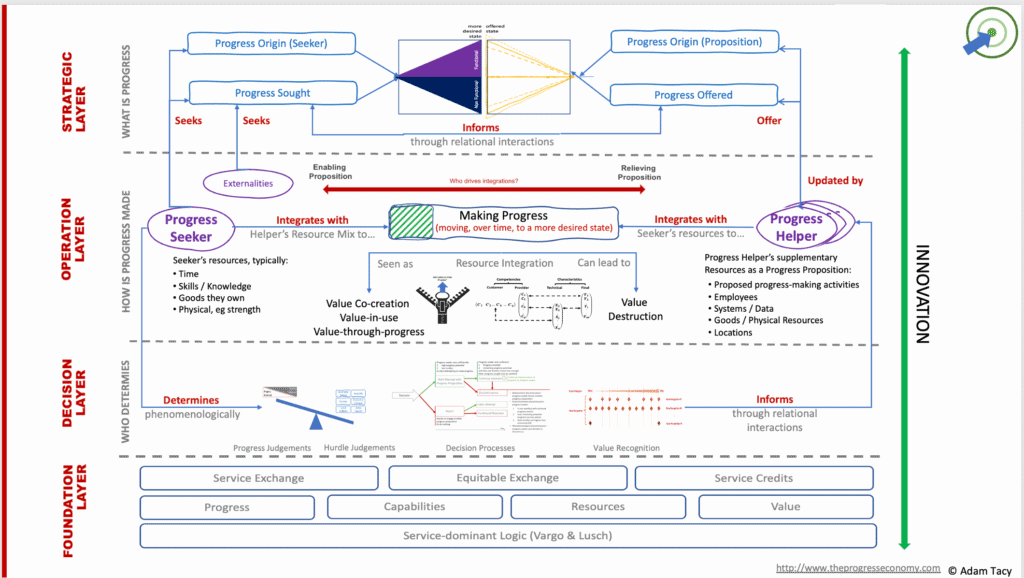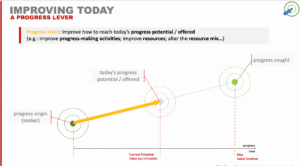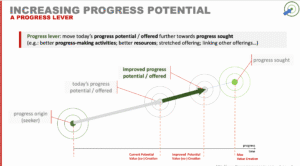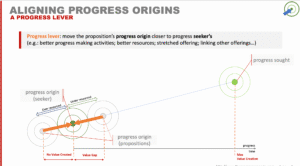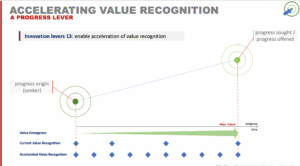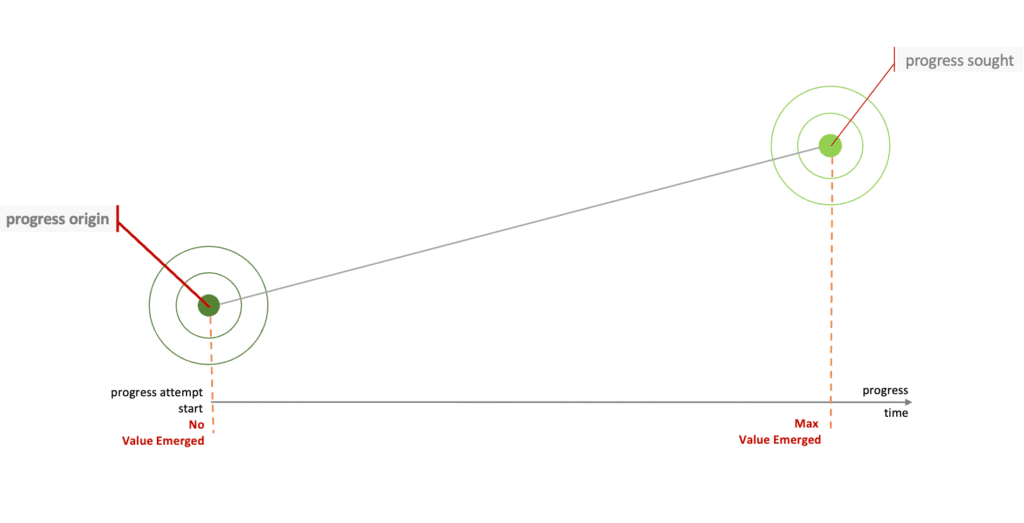
redefine your business
forget chasing value.
discover how progress-first thinking
transforms how you sell, innovate and grow
The Problem
» Innovation isn’t delivering
» Growth is stalling
Only 6% of executives are satisfied with their innovation initiatives
McKinsey
» you’re investing in innovation…but are you just performing innovation theatre?
» your teams are out there selling…but you’re missing growth expectations?
» something’s wrong…
The world is facing a decade of stagnation — the “Tepid 20s”.
International Monetary Fund
The Shift
» From value-first
» To progress-first
few suppliers…are able to answer…how you define and measure value?
Anderson and Narus
» but we don’t really want ‘value’…we want to get to more desirable states
» our perception of value emerges from a set of progress comparisons
» it’s time for a more insightful lens: enabling progress
Progress: moving, over time, to a more desired state
The Progress Economy
» progress: deceptively simple; deeply powerful
Learning a language, getting nourished, searching faster, getting fit, moving to another location, hanging up a picture, breaking cryptography,… understanding how a Progress Seeker (you and I) wants to get from where they are now to their more desired state, and what holds them back, gives us powerful insights into sales and innovation.
» executive implications
| CEO » | align organisation’s purpose and narrative around enabling progress rather than producing outputs |
| COO » | design operations to deliver and adapt propositions that meet constantly evolving Seeker origins and progress sought |
| CPO/CInO» | organise R&D and innovation pipelines around i) helping Seeker make existing progress better and make better progress, ii) reducing progress hurdles and iii) accelerating a Seeker’s value recognition schedule |
| CFO » | reframe investment around cost-to-enable-progress and improved progress (reaching progress sought = max value for Seekers) |
| CMO » | transition messaging from product benefits to the progress your organisation helps unlock; improve capability to identify Seekers’ progress sought and progress origins |
Organisations should have progress owners:
| Progress Owner | A supercharged “product owner”; responsible for i) understanding Seekers’ evolving progress origin/sought ii) executing progress proposition(s) iii) improving Seekers’ progress (innovation) |
» progress is…

for a deeper, more insightful, view into what seekers are trying to do and their challenges
» a toolkit
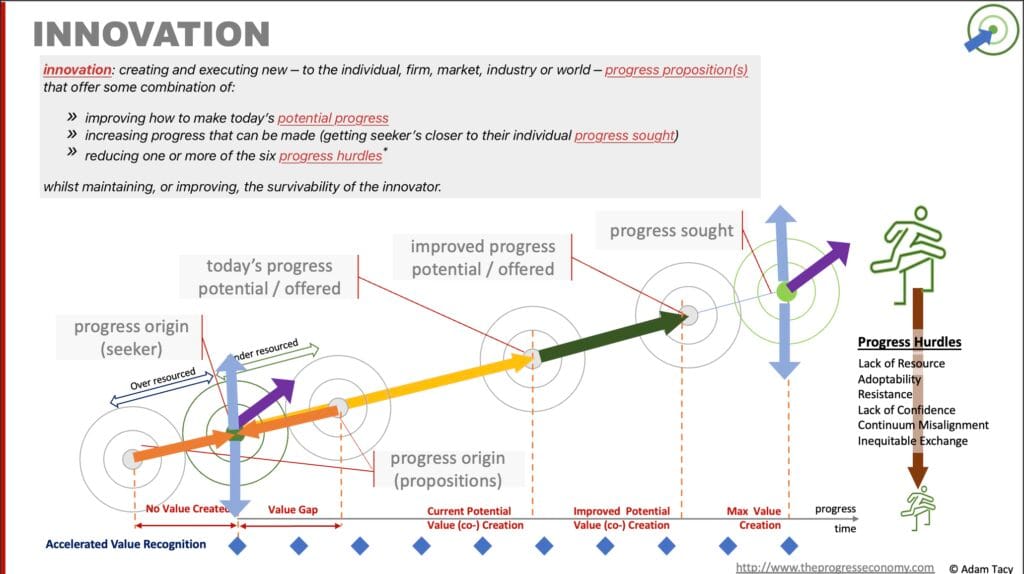
a set of tools for driving innovation and sales success
progress » progress attempts » progress propositions » progress hurdles » progress comparisons (value)
…that powerfully explains sales and innovation
» apply progress levers ➠ improve growth
Improving how to reach today’s progress potential/progress offered
Improve how Seekers reach the progress they can today …more »
Increasing progress potential
Push the limits of what Seekers can achieve. Help get them closer to the progress they seek than they can achieve today …more »
Aligning progress origins
Help a Seeker through reducing the resource gap to starting or removing nugatory resources …more »
Accelerating value recognition timelines
Accelerate when Seekers recognise emerged value to keep them engaged. Through smarter business models and/or refined delivery methods. …more »

Next Steps..
Check out the architecture
Start innovating, successfully
- Innovation Problem
- Innovation in the Progress Economy
- Progress levers
